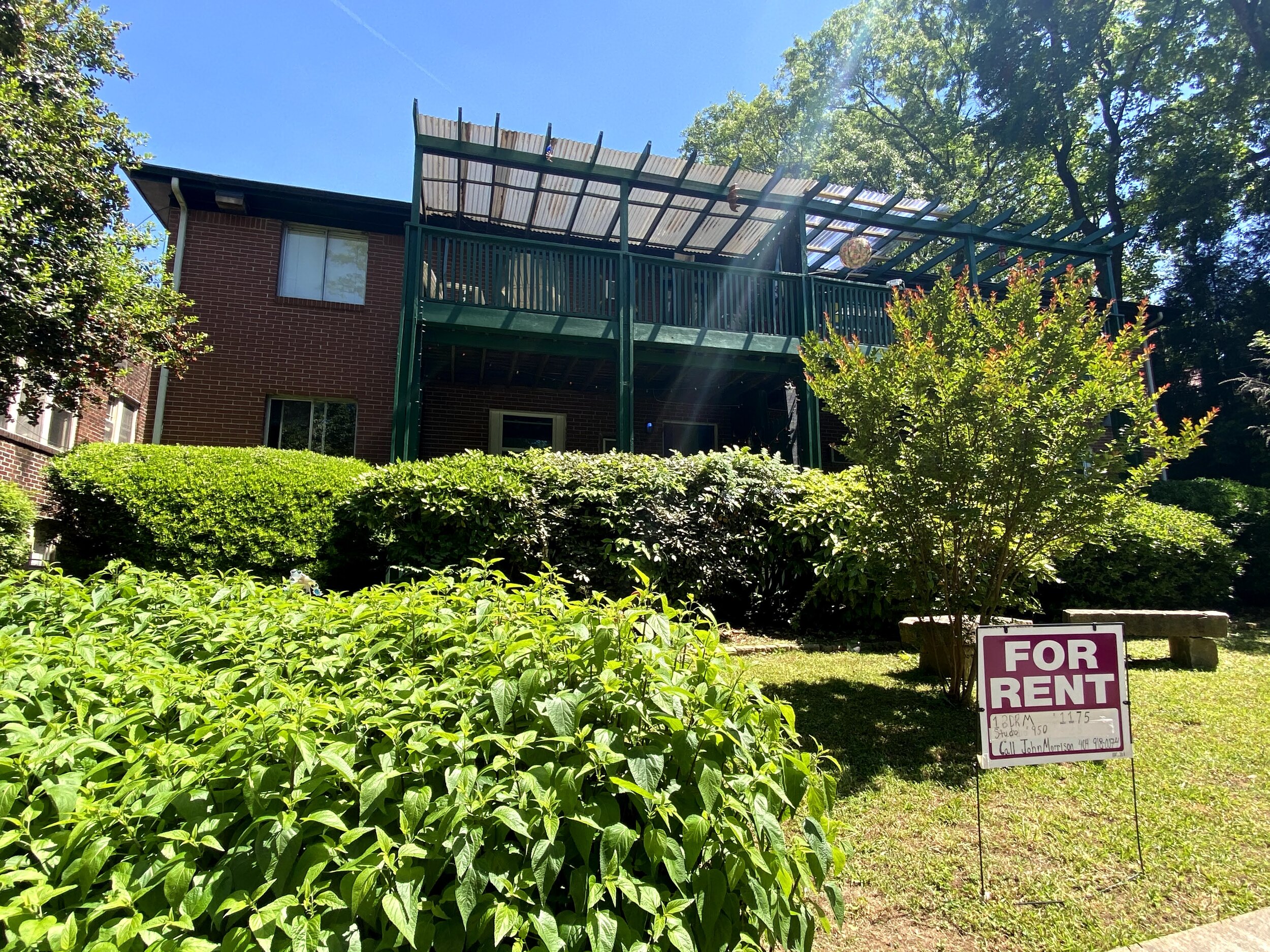AFFORDABLE HOUSING NEAR TRANSIT
A proposed policy to create more affordable housing options near transit
What would the proposed ordinance do?
There are three ordinances associated with the proposed changes to the small apartment near transit proposal.
The first ordinance would amend the MR-MU zoning district to include affordable housing provisions. The MR-MU district was created in 2018 to allow for small apartment buildings of up to 12 units in limited areas of the city. Proposed changes to MR-MU are:
- Reduces the by-right unit allowance from 4-12 to 1-4 to allow more variety of housing types at a smaller scale in MR-MU
- Unit size maximums are:
- 1st unit up to 2,500 sqaure feet
- 2nd unit up to 2,000 square feet
- 3rd unit and above up to 1,500 sqaure feet
- Allows for multiple structures to increase flexibility of unit configuration
- Creates a tiered affordable housing density bonus:
- 5-8 units could be constructed if either
- 1 rental unit is rented at 60% AMI, or
- 1 for-sale unit is sold at 80% AMI
- 9-12 units could be constructed if either
- 2 rental units are rented at 60% AMI,or
- 2 for-sale units are sold at 80% AMI
- 5-8 units could be constructed if either
- Updates development controls:
- Changes the minimum lot size from 2,000 to 5,000 square feet
- Changes the minimum street frontage from 25 feet to 40 feet
- Add front setback to 25 feet (it could be shorter if block has shorter setbacks)
- Adds variable lot coverage:
- 55% lot coverage for 1-4 units
- 60% lot coverage for 5-8 units
- 65% lot coverage for 9-12 units
- 5% preservation bonus
- Adds front porch requirement
- Keeps 35 foot height limit
The second part of the MR-MU changes consist of a proactive rezoning and accompanying future land use changes to 1- and 2- family parcels near MARTA stations. The proactive rezoning would rezone R4, R4A, and R5 lots within ½ mile walking distance of a MARTA station to the MR-MU described above.
Is there a map that shows the parcels that would be re-zoned to MR-MU under this proposal?
Yes! The map below shows the 1- and 2-family parcels near MARTA stations that would be re-zoned to MR-MU under the proposal.
How were these areas chosen to be re-zoned to MR-MU?
The parcels included in the proactive rezoning are on blocks where the majority of properties are within 1/2 mile walking distance of MARTA stations. The list of included parcels has been updated from the original list to support more consistent block face zoning and better reflects walking distance to actual station entrances. This has resulted in some new parcels being included in the rezoning list and some of the original parcels being removed.
How does land use work with MR-MU?
Future Land Use is a separate map from zoning that guides future rezonings. In some instances, it is necessary to amend the Future Land Use along with rezoning a property. In the proactive rezoning proposal, the Future Land Use needs to be 'Low Density Residential,' a category that allows for both small apartments and single-family homes.
Some of the parcels in the rezoning had different land use categories that would need to be changed to Low Density Residential through the accompanying legislation 21-O-0455 to maintain land use compatability.
UPDATE: The accompanying land use amendment now proposes Low Density Residential land use with MR-MU in place of Medium Density Residential to better align MR-MU with nearby 1- and 2- family areas.
What is a density bonus?
A density bonus is a tool in the zoning code that allows for a property to increase in density in exchange for some type of public good. The proposed policy would allow MR-MU zoned properties to build small apartment buildings of up to 12 units of housing on a lot in exchange for providing affordable housing.
What are small apartment buildings?
Small apartments are buildings with 12 or less housing units that can either be attached within a single structure or contained within several smaller detached structures, such as with Cottage Courts. These are most commonly associated with the MR-MU zoning district.
Why are small apartment buildings near MARTA stations important to the goals of ACD Housing?
With Atlanta expected to more than double in population in the next few decades, it will be more critical than ever for the city to allow more types of housing options near transit to improve housing affordability and accessibility.
By allowing for more small apartments near transit that require affordable housing, the proposal would help increase overall housing supply near transit while also ensuring that this new development would include dedicated affordable housing.
ACD Housing shows that most housing structures in the city have only one unit. However, the next most common housing type, and a type that has been growing, is structures with over 50 units. In contrast, smaller structures remained quite low from 2010 to 2019. This is consistent with the problem of the “missing middle” or when the housing market is bifurcated into either high-density or low-density structures.
Small apartment buildings are proven types of “missing middle” housing that are often more affordable than single-family housing or large apartment buildings (An, Bostic, Jakabovics, et al., 2019). They also tend to integrate nicely into the existing character of residential neighborhoods and increase “gentle density” near transit.
Small apartments, once common in Atlanta, have been prohibited in many areas (meaning a zoning change is required to construct them). As a result, fewer units of new housing are being produced outside of large apartments and single-family homes.
Examples of small apartments in Atlanta






